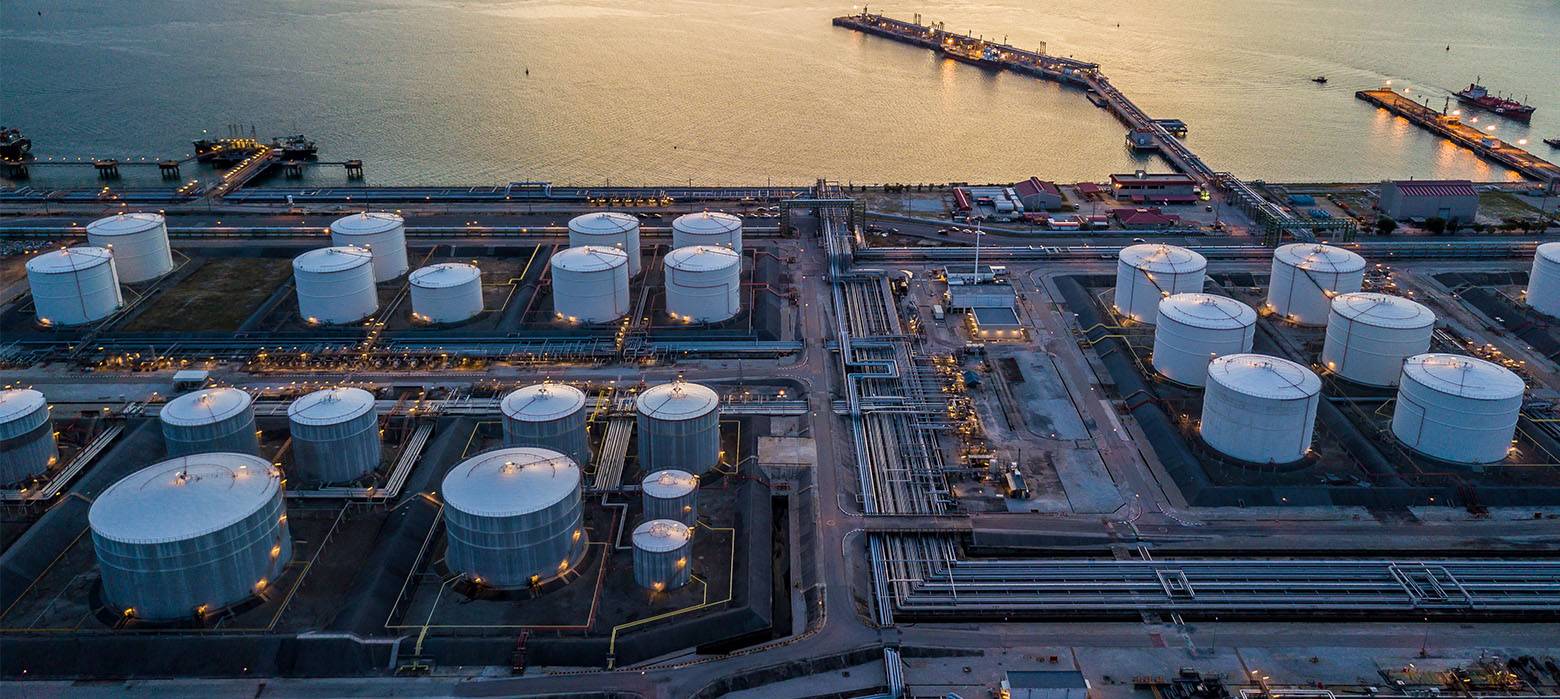
- admin
- June 12, 2024
Modern Innovations in Oil Tank Design for Optimal Storage Solutions
Innovations in oil tank design are essential for improving efficiency, safety, and environmental compliance. Modern oil tanks have advanced significantly, addressing traditional storage challenges and offering new features. Let’s explore these innovations.
1. Advanced Materials for Oil Tank Design
Fiberglass-Reinforced Plastic (FRP):
Fiberglass tanks are becoming more popular due to their corrosion resistance and durability. Unlike steel, FRP tanks do not rust, making them ideal for storing aggressive chemicals and petroleum products. They are lightweight, which reduces installation costs and complexities.
Polyethylene Tanks:
High-density polyethylene (HDPE) tanks offer excellent resistance to impact and chemical exposure. These tanks are particularly useful for underground storage where environmental protection is paramount. The flexibility and robustness of polyethylene make it a preferred choice for many modern applications.
Composite Tanks:
Composite materials, which combine fiberglass with other substances,as a result enhance strength and flexibility. Designers craft these tanks to withstand extreme environmental conditions and customize them for specific storage needs, hence rendering them versatile and reliable.
2. Enhanced Safety Features for Oil Tank Design
Double-Walled Tanks:
Double-walled tanks prevent leaks and spills by providing an additional layer of protection. The space between the walls detects leaks, ensuring quick identification and containment of any breach before it can cause significant damage.
Leak Detection Systems:
Modern tanks are equipped with advanced leak detection systems, including electronic sensors and alarm systems. As a result, these systems provide real-time monitoring and alert operators to potential issues, thereby preventing environmental contamination and product loss.
Fire-Resistant Designs:
Innovations in materials and design have led to the development of fire-resistant tanks. These tanks are built to withstand high temperatures and thus prevent the spread of fire, which is crucial for safety in industrial settings.
3. Environmental Compliance
Secondary Containment Systems:
To comply with stringent environmental regulations, tanks now often coupled with secondary containment systems. Subsequently, these systems ensure that any leaks or spills are captured within a secure area, preventing soil and groundwater contamination.
Vapor Recovery Systems:
Modern tanks are equipped with vapor recovery systems that capture volatile organic compounds (VOCs) released during filling and dispensing. This not only protects the environment but also enhances the safety of storage facilities by reducing the risk of explosion.
4. Smart Technology Integration
Remote Monitoring and Control:
The integration of IoT (Internet of Things) technology allows for remote monitoring and control of oil tanks. Operators can access real-time data on tank levels, temperatures, and pressures through connected devices, in order to improve operational efficiency and response times.
Automated Inventory Management:
Automated systems help in precise inventory management, with this purpose in mind reducing the chances of overfilling or running out of stock. Thus, these systems can automatically reorder supplies based on consumption patterns, ensuring uninterrupted operations.
5. Innovative Design Techniques
Modular Tanks:
Modular tank designs allow for easy expansion and customization. These tanks can be assembled on-site, as a result reducing transportation costs and allowing for flexible storage solutions that can grow with operational needs.
Space-Efficient Designs:
New tank designs aim to maximize storage capacity and reduce the footprint. Vertical tanks, for instance, occupy less ground space. This feature makes them perfect for facilities with limited room.
Conclusion
Innovations in oil tank design are changing storage solutions. Modern tanks use advanced materials, smart technologies, and improved safety features. These upgrades make oil storage safer and more efficient, supporting sustainable industrial practices. As the industry evolves, new innovations will continue to solve emerging challenges and improve oil storage technology.
- Modern Innovations in Oil Tank Design
- Oil Tank Design
Category
- Above Ground Fuel Tanks
- Above Ground Gas Storage Tank
- Above Ground Storage Tanks
- Above Ground Water Storage Tanks
- Agricultural Tanks
- Chemical storage Tanks
- Diesel Fuel Storage Tanks
- Diesel Storage Tanks
- Exernal FloatingRoof Tanks
- Farm Water Tank
- Fiberglass Oil Tanks
- Fiberglass Septic Tanks
- Fiberglass Tanks
- Fiberglass Underground Fuel Storage Tanks
- Field Erected Tanks
- Floating Roof Tank
- Food and Beverage Tanks
- Fuel tank
- Industrial Chemical Storage Tanks
- Industrial Gas Tanks
- Industrial Plastic Tanks
- Industrial Storage Tanks
- Industrial Tank heating pads
- industrial tanks
- Natural gas
- Natural gas vs Propane
- oil storage tank
- Oil Storage Tanks
- Peracitic Acid
- Petroleum Tanks
- Residential gasoline storage tanks
- Residential Water Storage Tanks
- Sodium Hydroxide Storage Requirements
- Sodium Hypochlorite Storage Tanks
- Steel Storage Tanks
- storage tank failure prevention
- Storage Tanks
- Sulfuric Acid Tanks
- Uncategorized
- UnderGround Storage Tanks
- Waste water tank
- Water Storage Tanks

 Tank Size Calculator
Tank Size Calculator






